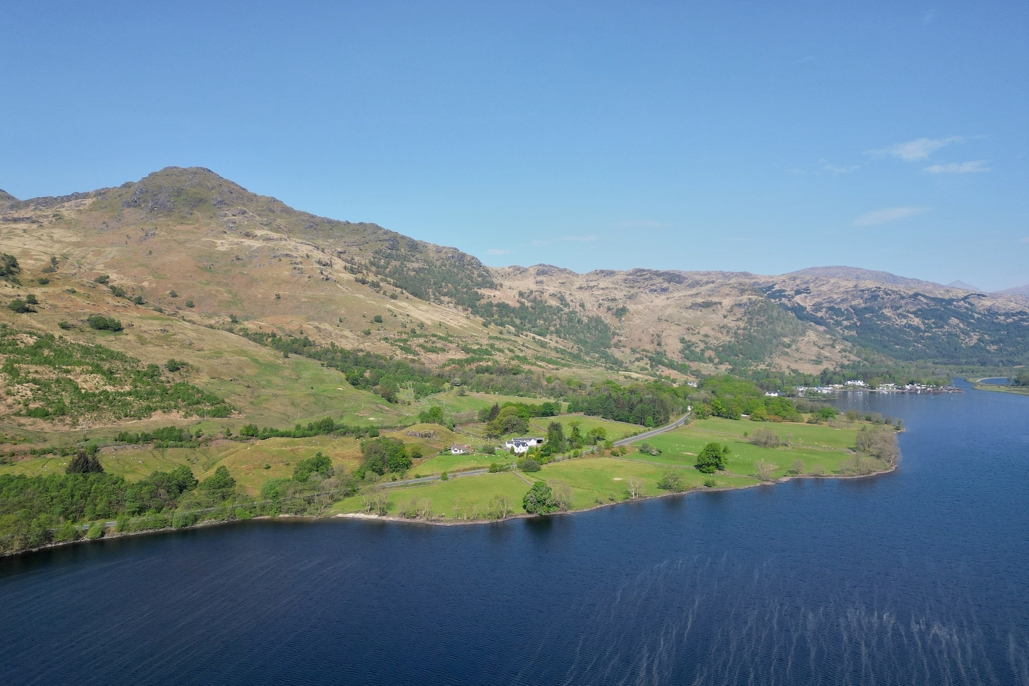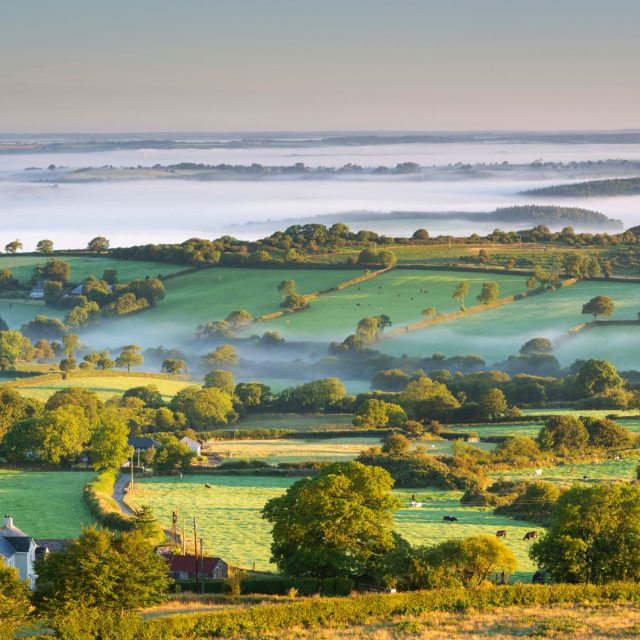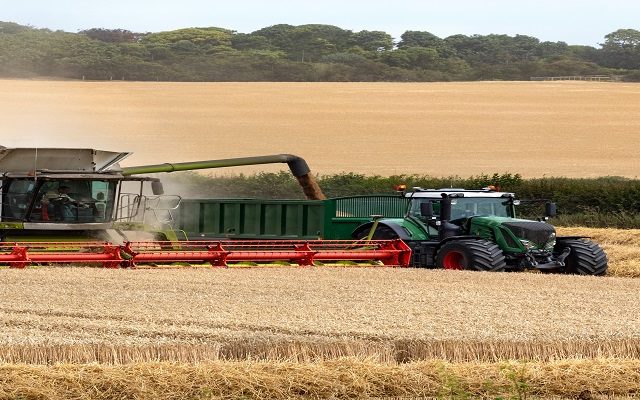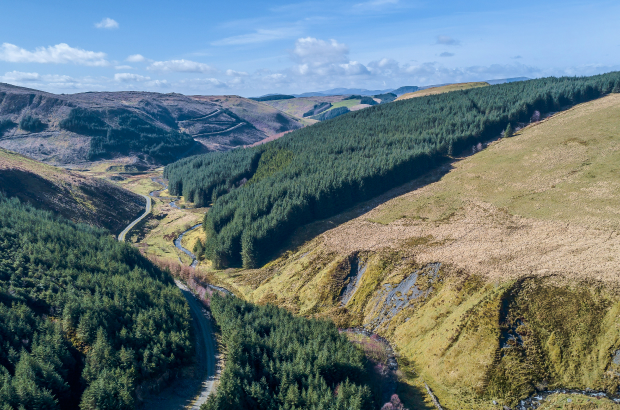
Scottish Farmland Market Review 2024
Arable land values in Scotland increased last year, although by a small amount because of unsettled market conditions, according to our annual report on the Scottish farmland market.
Douglas Orr, farm agent in Scotland says: “It was a slower year for the Scottish farmland market, with a mix of the weather, shifting agricultural policy framework, the general election and then the inheritance tax changes announced in the Budget dampening market activity.
“Given the uncertainties, it is perhaps not surprising that demand felt quite unpredictable. It was a year when some farms sold relatively quickly, but others remained on the market often for no discernible reason.”
The prices paid for farmland across Scotland continue to be highly variable.
Overall, the trajectory in 2024 was generally upwards – for example, the average value of arable land on the east coast rose to £10,500/acre, up from £10,000 in 2023.
However, values paid for upland land suitable for tree planting reduced, selling for £3,000-£3,500/acre, compared with £3,500-£4,000/acre in 2023.
A total of 33,000 acres were publicly marketed in 2024, which was more than in 2023 and above the five-year average. It was also only the third time in the past 20 years that more than 100 farms were marketed. The volume of land marketed in Scotland has been extremely varied in recent times, ranging from a low of 15,400 acres in 2020 to a high of 41,000 acres in 2022.
Our latest analysis shows that demand is still firm in that more than three-quarters of the farms marketed in the first half of 2024 are now under offer or have missives concluded. But sales are typically taking longer and there has been a reduction in the number of interested parties making offers.
Farmers continue to be the predominant buyer type for farmland, as people seek to expand their acreage.
“Overall, there is still strong interest in land from both famers and investment funds, although buyers have been more cautious in their approach because of the uncertainties they face and the cost of borrowing,” says Douglas.
The very strong demand for land for Environmental, Social and Governance (ESG) projects has reduced significantly since 2022 and 2023, but investors are starting to become more active again.
“There are signs that investors are returning to the market after a quieter period, keen to purchase land for afforestation and carbon sequestration. This will help to support the upland market which has dipped in the past couple of years.
“Overall, we believe values will hold firm in 2025. It has been a more positive start to the year, which potentially signals that despite the headwinds facing the rural sector people at least feel they are in a better place to make informed decisions.”





